Nature reports
Page 2 of 40 - 399 Results
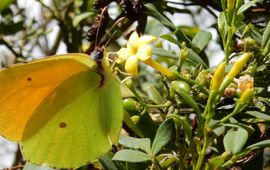
A new study shows that European butterflies are under increasing threat from a multitude of factors, but especially habitat loss and the warming climate. The new Red List of European butterflies, just published by the..
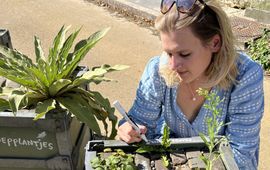
Followers of posts on social media, as well as citizen scientists, are most motivated by their joint passion for nature. Both groups contribute to research and conservation of urban flora, but with very different activities. This..
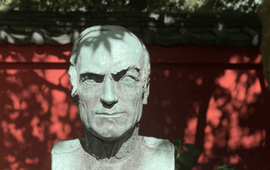
Physician and botanist Philipp Franz von Siebold brought unique Asian plant species to Leiden in the 19th century. His legacy shows which plants once played an important role in healthcare. Many of these medicinal plants can be..
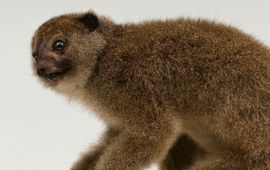
Naturalis presents the first type catalogue of its mammal collection: a comprehensive overview of 405 scientific names with their official tangible type specimens. Five years of research have brought together old, often brief..

Using a unique treasure of data, marine biologist Suzanne Poiesz investigated the fish food web in the Wadden Sea between 1946 and the present day. Dissected stomach contents revealed who eats whom. The position of species in that..
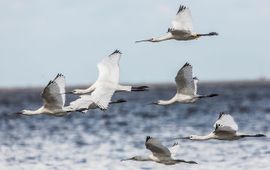
Spoonbills spend a large part of the summer outside their protected breeding grounds. After breeding, the migratory birds gather on the mudflats of Lutjewad, on the coast of Groningen. Research by BirdEyes shows the seasonal..
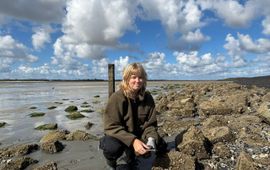
NIOZ researchers have found the Pacific barnacle in the Wadden Sea for the first time. Until now, this species was only known to exist in European waters in Belgium and on the south coast of the Western Scheldt. It probably..
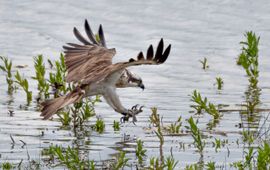
According to the IUCN Red List, over 47,000 plant and animal species are threatened with extinction. Most species, however, are at little to no risk. What makes one species much more vulnerable than another?..

As climate change drives earlier spring conditions in the Arctic, birds species that travel there to breed are under pressure to migrate faster. Despite their remarkable ability to adapt, researchers warn that speeding up spring..

Over four centuries ago, the first prefect of Hortus botanicus Leiden founded a botanical garden collection that currently encompasses over sixteen thousand plants. The current prefect hopes to create a hotspot for biodiversity..
